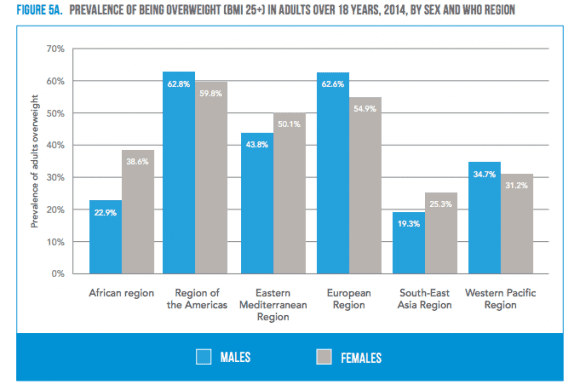The World Health Organization’s new global report on diabetes warns that the disease has nearly quadrupled from 1980 to 2014—108 million to 422 million.
Diabetes is affiliated with 3.7 million deaths worldwide per year, WHO noted in its 88-page report, released in time for World Health Day on April 7.
The surge includes both Type 1 and 2 diabetes, but Type 2 accounts for more, which is mainly accrued from poor lifestyle choices.
The WHO describes diabetes as:
A serious, chronic disease that occurs either when the pancreas does not produce enough insulin (a hormone that regulates blood sugar, or glucose), or when the body cannot effectively use the insulin it produces.
Type 1 diabetes cannot be prevented with current knowledge. However, Type 2 can be combatted with regular exercise, a healthy diet, not smoking, and controlling blood pressure and lipids.
The significant rise in diabetes can be related to worldwide obesity rates, which now sit at 1 in 3 people.





